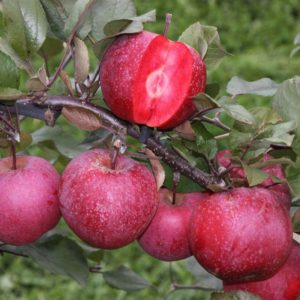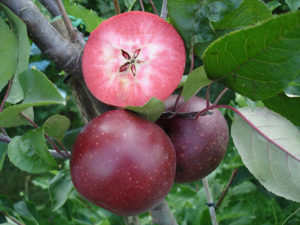The lazy hot days of summer drag by, but before you know it fall is in the air. In today’s column let’s take stock of the yard and home and possibly do some late summer landscaping. Or, at least some planning for later.
Summer is sometimes plagued with drought conditions, but at present there’s plenty of moisture in the soil in Kentucky and Tennessee, and probably most nearby areas. That means yard mowing continues full bore, and trees and shrubs can be planted from containers, or balled and burlapped. (Moving growing shrubs from one location on your property to another would best be postponed until fall or winter.)
It is a good time to plant fall gardens such as turnips, and it is also a good time to kill a bad lawn and put in new sod, or seed and straw for a new one.
Landscapers generally work all year, except when the ground is frozen; however, the average homeowner will be safer planting in late fall or early spring.
Fall is for bulb planting if you want tulips and daffodils next spring. But often late summer is the time to plan and get the bulb orders in. Some high-demand items are always sold out by the time actual planting is going on.
The earlier you start reserving rare trees, a special fruit tree, whether for fall planting from containers or bare-root planting of dormant stock next spring, if you want specific or custom plantings, waiting until it’s time to plant may mean you have to accept substitutes and compromises.
Plant evergreen plants now so you have greenery this winter. Hellebores (Lenten roses), coral bells, microbiata, creeping junipers, vinca minor, pachysandra and English ivy. Also, late August is fine for things like Arborvitae, hemlock, and spruce tree plantings. Last year I planted several large holly trees in August with no problems.
Fall is a great time for hardscape projects. Concrete, stone, wood. And painting, refurbishing, and sealing or preserving. Especially on those sunny days with lower humidity so things dry well.
Summer pruning of trees works well. But, we suggest 15 percent or so limb removal strategically; not topping trees. Removing damaged trees is good before winter. And, trees cut, and stumps ground out, don’t seem to regenerate and sprout back up when done in late summer. When done in spring, they often do sprout back up.
Fertilizing strawberries and lawns in late summer is fine, but for shrubs and trees, they need to go dormant so they will be ready for winter. Only the hardiest of trees can go from active growth to below freezing weather without some damage.
Wildlife: I know many folks love to feed and observe wildlife, and so they buy feed and put it out constantly. Might I suggest that leaving the weeds and flowering seeds such as coneflowers, tall grasses, chicory, thistles and such so the birds can collect seeds naturally from native plants makes more sense. (Then the grasses and old plants can be cut and composted—or burned if you prefer—in late winter.)
 Also, with wildlife in mind, consider planting oak trees for the deer. Fruiting trees for deer, birds, small animals. About any landscape plant that bears berries or pretty seeds, from dogwoods and viburnums and crab apples to persimmons, pawpaws, apples, and even exotics such as jujubes or native medlars, will be much appreciated by wildlife. (And the average homeowner may be surprised how nice some fruits from their own yards can be—those from the supermarket aren’t always comparable, nor as tasty. (Speaking of wild fruit, if you have some pawpaws I would be interested in collecting a few, and selecting the best ones to grow some new plants from. Also, I would love to find some more red fleshed apple varieties I could get a limb from for grafting. Any really nice old timey apple that you don’t know what kind it is, for that matter.)
Also, with wildlife in mind, consider planting oak trees for the deer. Fruiting trees for deer, birds, small animals. About any landscape plant that bears berries or pretty seeds, from dogwoods and viburnums and crab apples to persimmons, pawpaws, apples, and even exotics such as jujubes or native medlars, will be much appreciated by wildlife. (And the average homeowner may be surprised how nice some fruits from their own yards can be—those from the supermarket aren’t always comparable, nor as tasty. (Speaking of wild fruit, if you have some pawpaws I would be interested in collecting a few, and selecting the best ones to grow some new plants from. Also, I would love to find some more red fleshed apple varieties I could get a limb from for grafting. Any really nice old timey apple that you don’t know what kind it is, for that matter.)
Regular readers have gotten many ideas to work with over the last seventeen seasons, but if yours still isn’t the yard you would like it to be, consider taking steps this late summer and fall so that next year you can be more proud of your place. And, always wise advice, a handyman or person new in landscaping may be fine for mulching and weed pulling, but find yourself a reputable professional who has been around and knows his or her stuff for those major projects. The bigger the project, the more important this point is.